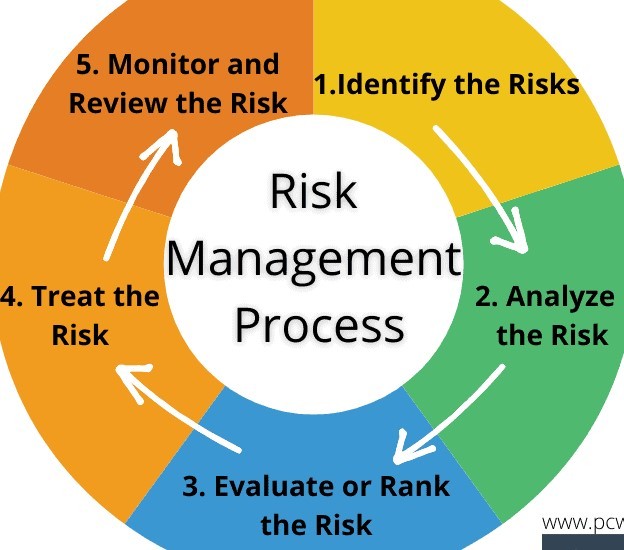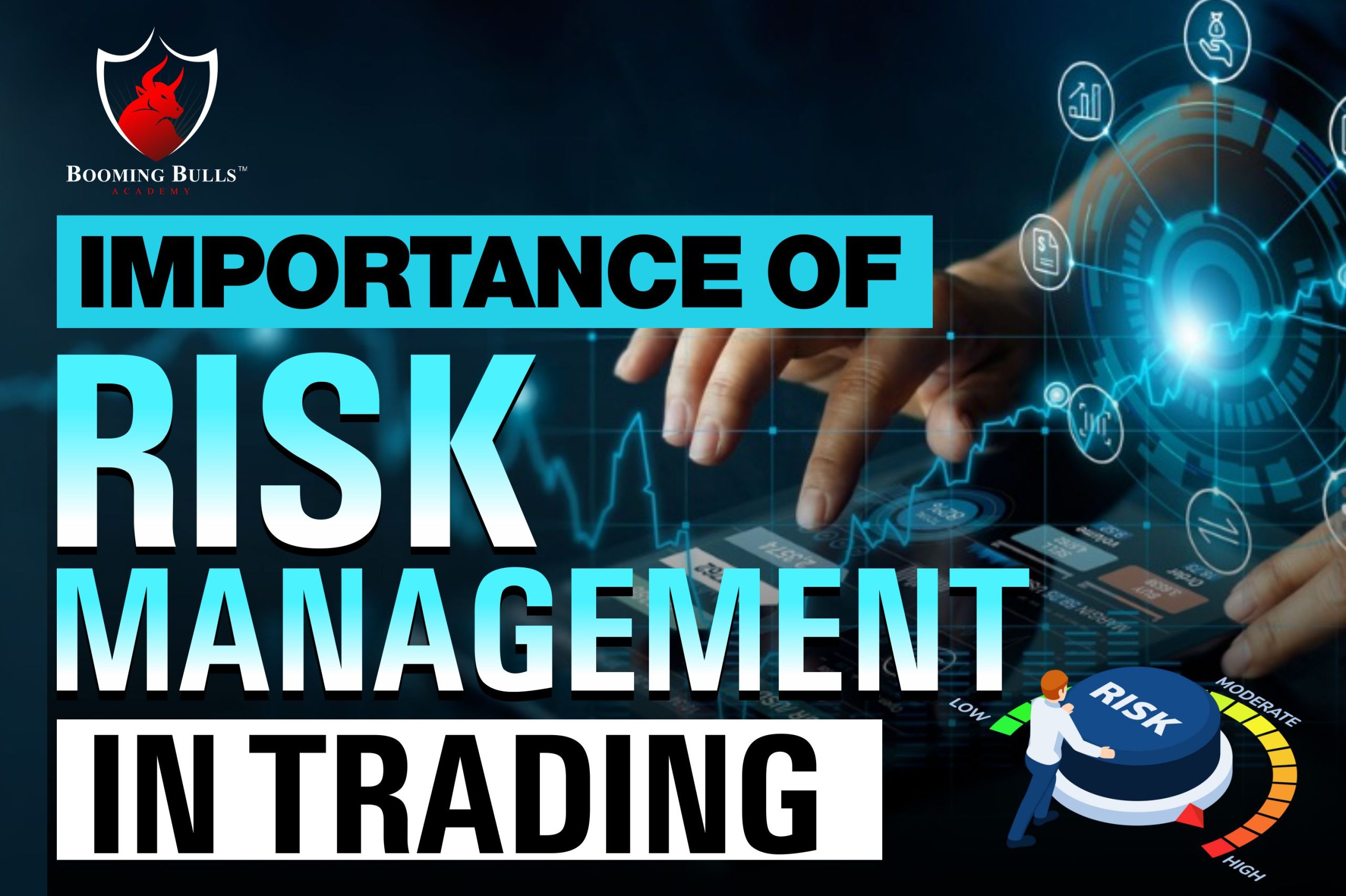A Comprehensive Guide to Understanding the Importance of Risk Management
A Comprehensive Guide to Understanding the Importance of Risk Management
Blog Article
The Importance of Comprehending the Importance of Risk Management in Different Industries

The Core Idea of Risk Management and Its Purpose
Risk Management, the keystone of several markets, pivots on the recognition, evaluation, and mitigation of unpredictabilities in an organization environment. By properly recognizing potential risks, services can create techniques to either avoid these dangers from happening or lessen their influence. Once threats have actually been determined and reviewed, the reduction process involves devising approaches to lower their possible impact.
Benefits of Carrying Out Risk Management in Company Workflow

Unveiling the Function of Risk Management in Different Industries
While every sector challenges its one-of-a-kind collection of risks, the implementation of Risk Management methods continues to be a common measure in their quest of sustainability and growth. In the healthcare market, Risk Management involves making sure patient safety and data defense, while in money, it includes mitigating financial investment threats and making sure regulatory conformity (importance of risk management). Construction business focus on employee security, task delays, and budget overruns. In the innovation sector, firms alleviate cybersecurity risks and technology obsolescence. Ultimately, the duty of Risk Management across sectors is to recognize, examine, and reduce threats. It is an essential component of calculated planning, enabling companies to safeguard their possessions, make the most of chances, and achieve their objectives.
Real-life Situation Research Studies Showing Successful Risk Management
To recognize the significance of Risk Management in these many markets, one can look to several real-life circumstances that illustrate the effective application of these steps. For example, in the power industry, British Oil find out here developed Risk reduction plans post the 2010 Gulf of Mexico oil spill. They carried out much better safety treatments and more stringent laws which significantly minimized more mishaps. Likewise, in finance, Goldman Sachs efficiently browsed the 2008 financial crisis by determining possible mortgage-backed protections dangers early. Lastly, Toyota, publish the 2011 quake in Japan, changed its supply chain Management to reduce disruption risks. These cases demonstrate just how sectors, gaining from dilemmas, successfully applied Risk Management strategies to minimize future threats.
Future Patterns and Developments in Risk Management Methods
As the world continues to progress, so too do the trends and advancements in Risk Management techniques. Fast developments in technology and information analytics are reshaping the Risk landscape. Huge information and AI are currently important in forecasting and mitigating risks. Organizations are leveraging these devices to develop predictive versions and make data-driven decisions. Cybersecurity, when a peripheral issue, has catapulted to the leading edge of Risk Management, with methods concentrating on detection, action, and prevention. The assimilation of ESG (Environmental, Social, her comment is here Administration) elements right into Risk Management is an additional growing fad, showing the raising acknowledgment of the role that ecological and social risks play in business sustainability. Hence, the future of Risk Management lies in the combination of sophisticated modern technology, cutting-edge strategies, and an all natural technique.
Conclusion
In conclusion, comprehending the relevance of Risk Management throughout a spectrum of industries is essential for their longevity and success. Ultimately, successful Risk Management adds to a lot more resistant and lasting services, highlighting the significance of this practice in today's extremely affordable and redirected here dynamic organization environment.
While every market confronts its special set of risks, the application of Risk Management techniques stays an usual denominator in their pursuit of sustainability and growth. In the healthcare sector, Risk Management entails making certain individual safety and security and data security, while in financing, it includes mitigating financial investment dangers and guaranteeing governing conformity. Ultimately, the function of Risk Management across markets is to identify, examine, and reduce dangers. These cases demonstrate just how industries, learning from dilemmas, properly used Risk Management approaches to decrease future risks.

Report this page